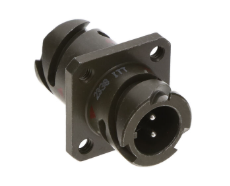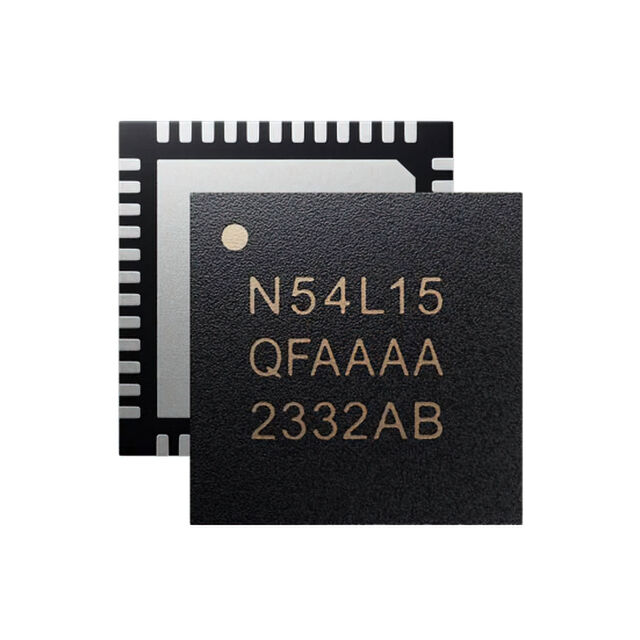Smart insoles that measure body-ground interactions
A collaboration between the University of Portsmouth and TG0 has produced a smart insole capable of accurately estimating ground reaction forces (GRFs), a development that could have wide-ranging implications for sports science, rehabilitation, and wearable technology.
The innovation formed part of a Knowledge Transfer Partnership (KTP), funded by Innovate UK, and was led by Dr Dalin Zhou from the University’s School of Computing. The insole system aimed to address long-standing challenges in mobility tracking by offering a portable, cost-effective alternative to the large, expensive force plates typically used in laboratory settings to measure GRFs.
The smart insole integrated pressure sensors and an inertial measurement unit (IMU), enabling it to track foot pressure and movement with high accuracy. When combined with artificial intelligence, the system was able to estimate ground reaction forces with an error rate of just 4.16%. By comparison, traditional wearable solutions such as motion sensors or pressure insoles have historically reported error rates between 8% and 20%.
The insoles featured a built-in battery that allowed for up to eight hours of continuous data collection. Data was transmitted via Bluetooth Low Energy (BLE) to a USB-based receiver and stored on a user’s PC in CSV format, complete with timestamps. This enabled detailed movement analysis in real-world settings, rather than restricting monitoring to laboratory environments.
Potential applications and sectors
The smart insole technology has been developed with a broad range of use cases in mind:
- Sports and performance – Athletes could monitor biomechanics during training, improve movement efficiency, and reduce injury risks.
- Healthcare and rehabilitation – Medical professionals might use the system to track patient recovery and assess gait or balance issues.
- Wearable technology and research – Scientists studying biomechanics and sports performance could collect detailed data without reliance on static lab equipment.
Co-author Dr Dinghuang Zhang, from the University’s School of Computing and KTP Associate at TG0, explained that the project sought to offer a more accessible solution:
“We wanted to create an affordable and portable alternative to expensive lab equipment. These insoles could help athletes improve performance, assist doctors in rehabilitation, and even help people track their movement for general health.”
The team published the findings in Intelligent Sports and Health, and released a public dataset to support further research in wearable movement tracking. The dataset is expected to help other researchers refine future iterations of the technology and explore additional applications.
This project was part of a wider Knowledge Transfer Partnership, a programme that connects universities with commercial partners to develop solutions grounded in academic research. The partnership between the University of Portsmouth and TG0 exemplifies the role of such collaborations in delivering real-world technological advances.







